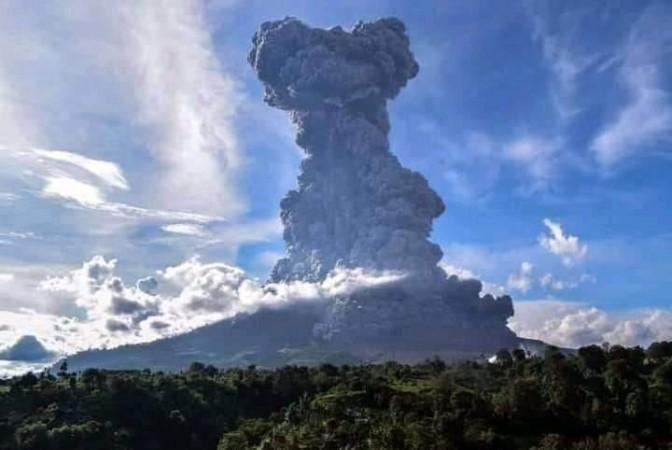It was in January that a deadly volcanic eruption happened in Tonga. And now, a new study report has suggested that the eruption was one of the biggest in the modern era, as it sent waves to the edge of space.
The eruption sent shockwaves across the planet, and a large plume of ash was sent into the atmosphere.

Tonga eruption unique in magnitude and speed
The new study report published in the journal Nature suggested that the Tonga volcanic eruption was unique in magnitude and speed.
Researchers who carried out this study used extensive satellite data along with ground-level observation to make this conclusion.
The research report also added that the atmospheric wave created by the volcanic eruption was so powerful.
Tonga volcanic eruption: All you need to know
After a series of small events that began in December 2021, the Tonga volcano erupted powerfully on January 15.
The eruption sent a vertical plume of ash as high as 50 kilometers into the earth's atmosphere.
The heat released from the water and hot ash in the plume remained the biggest source of gravity waves on the blue planet for the next 12 hours. The volcanic eruption also produced ripple-like gravity waves that extended across the Pacific basin, satellite observations suggested.
The study report also noted that the volcanic eruption also sent atmospheric waves that reverberated across the planet at least six times, and reached up to a speed of 320 meters per second.














